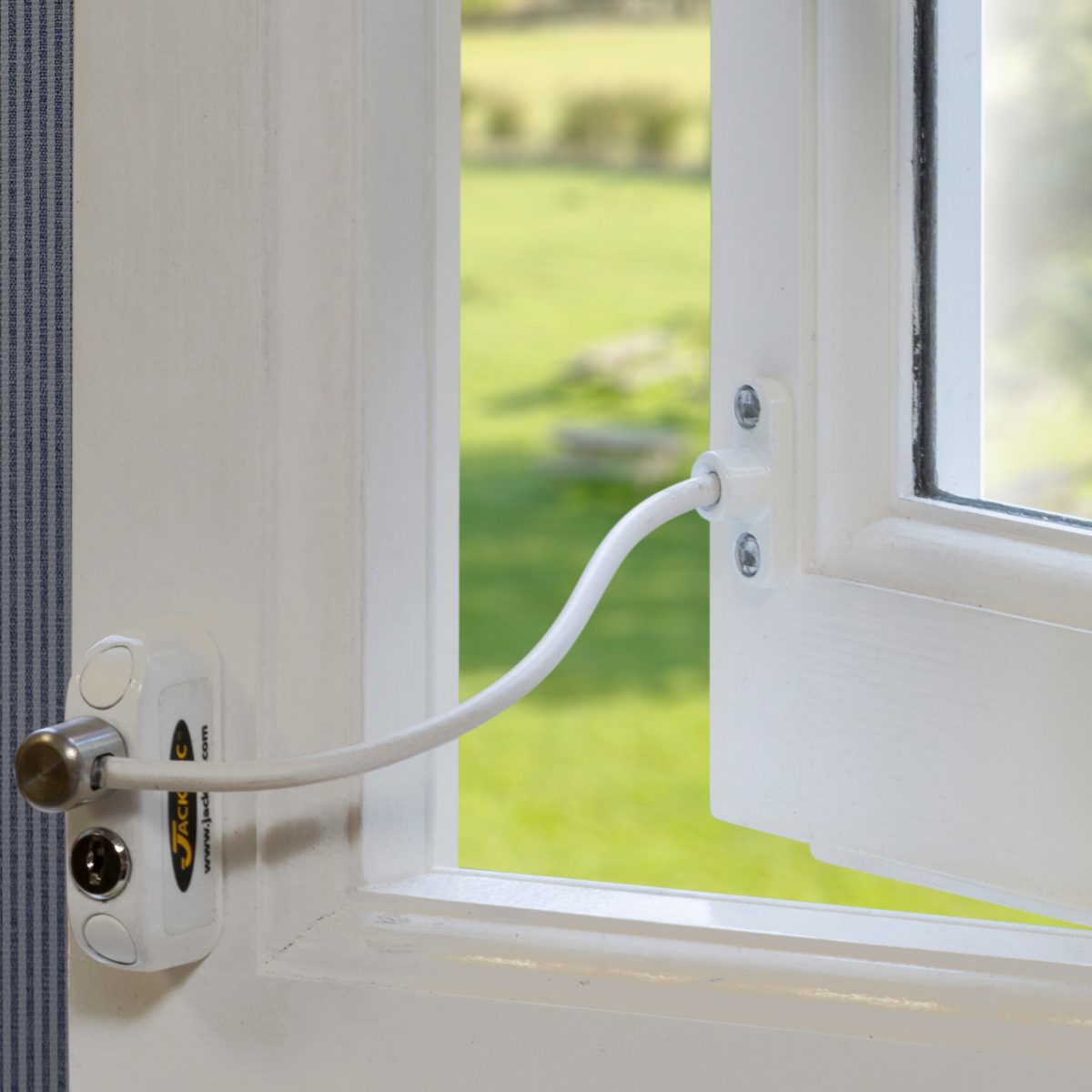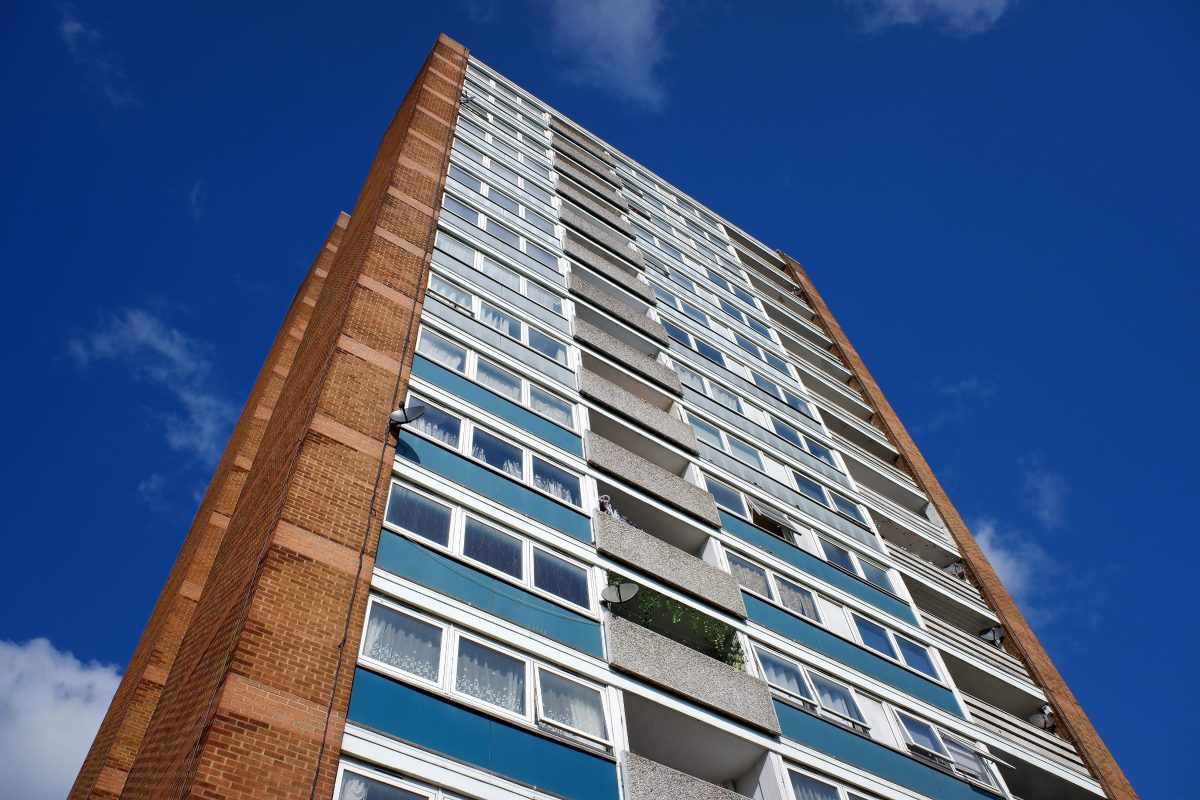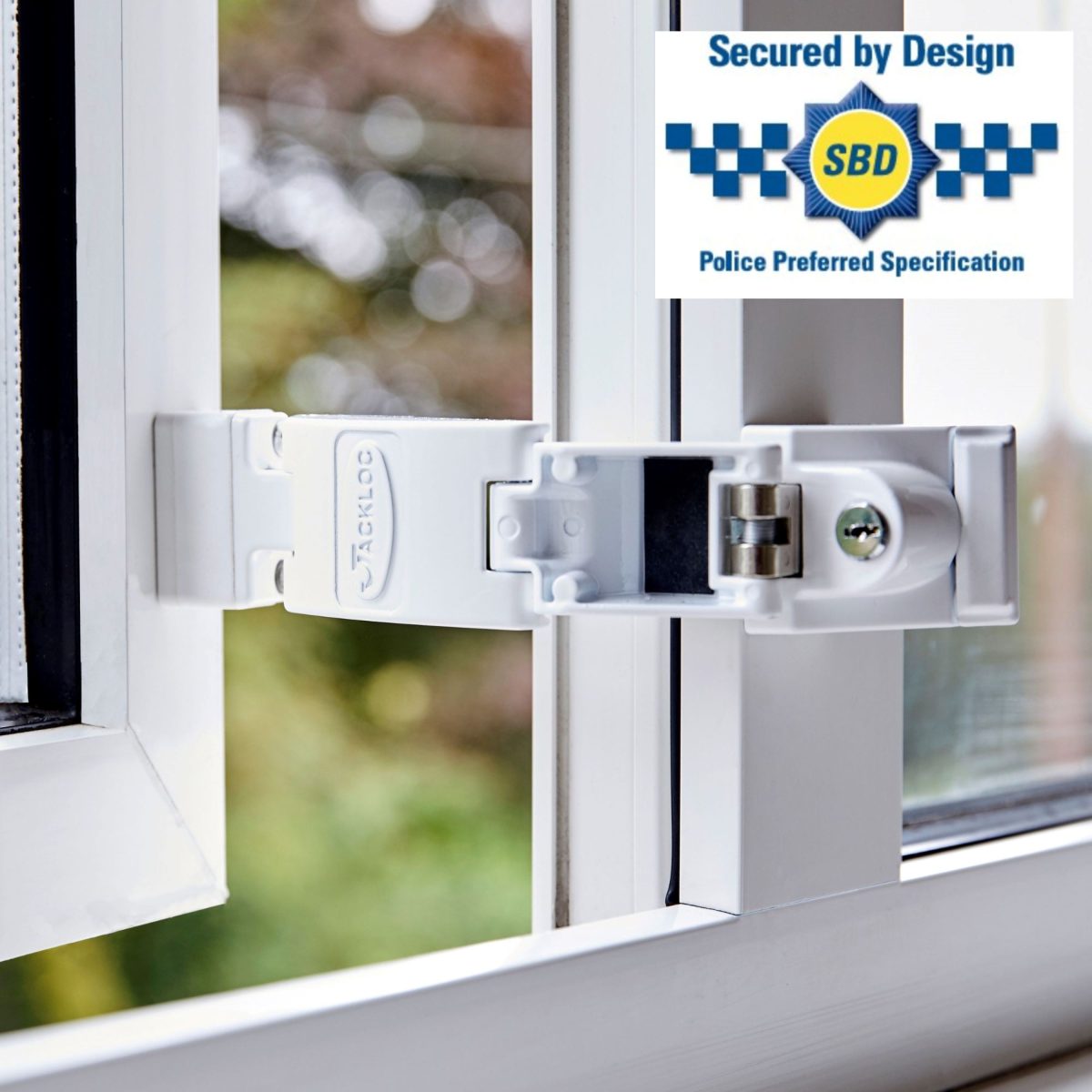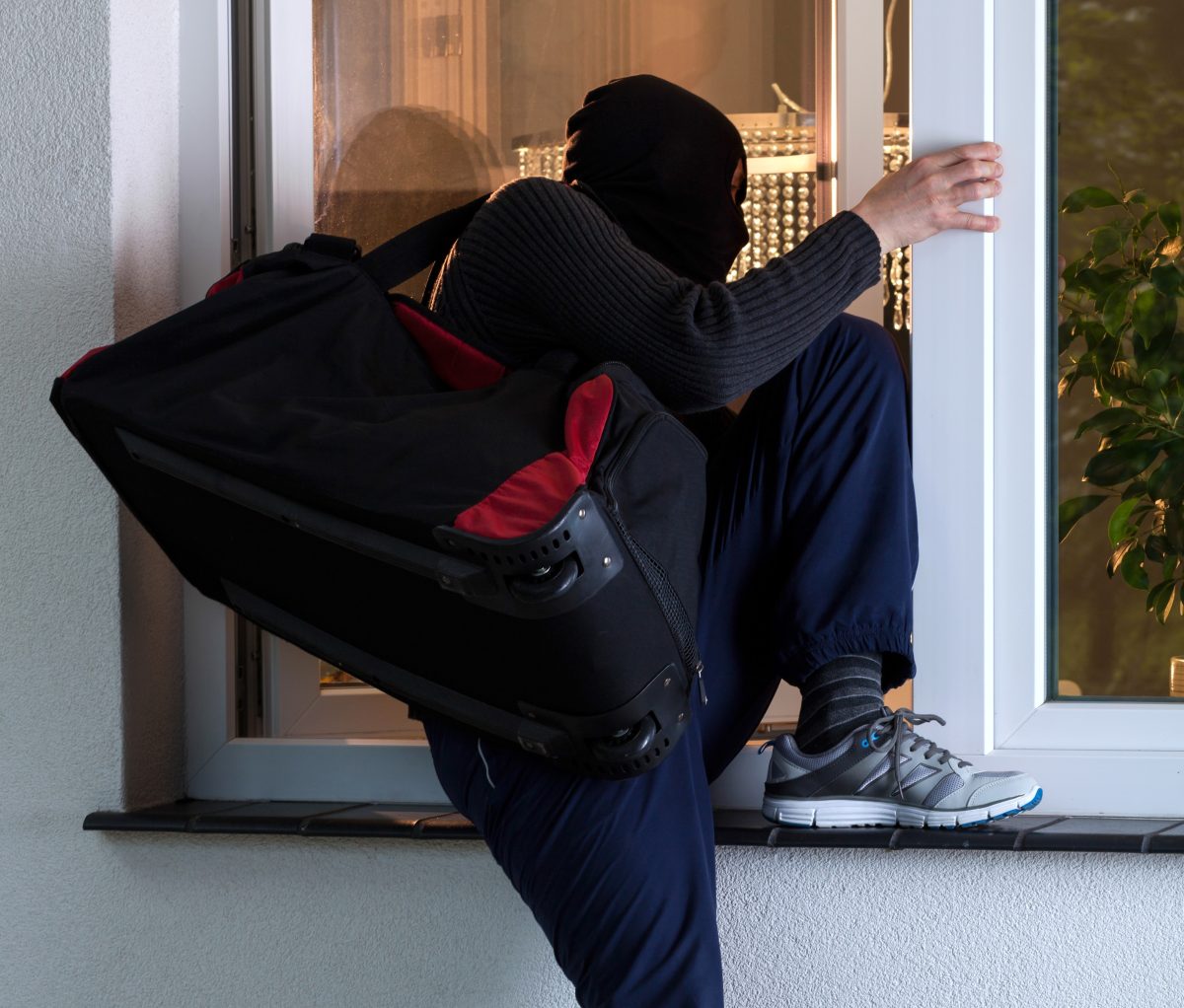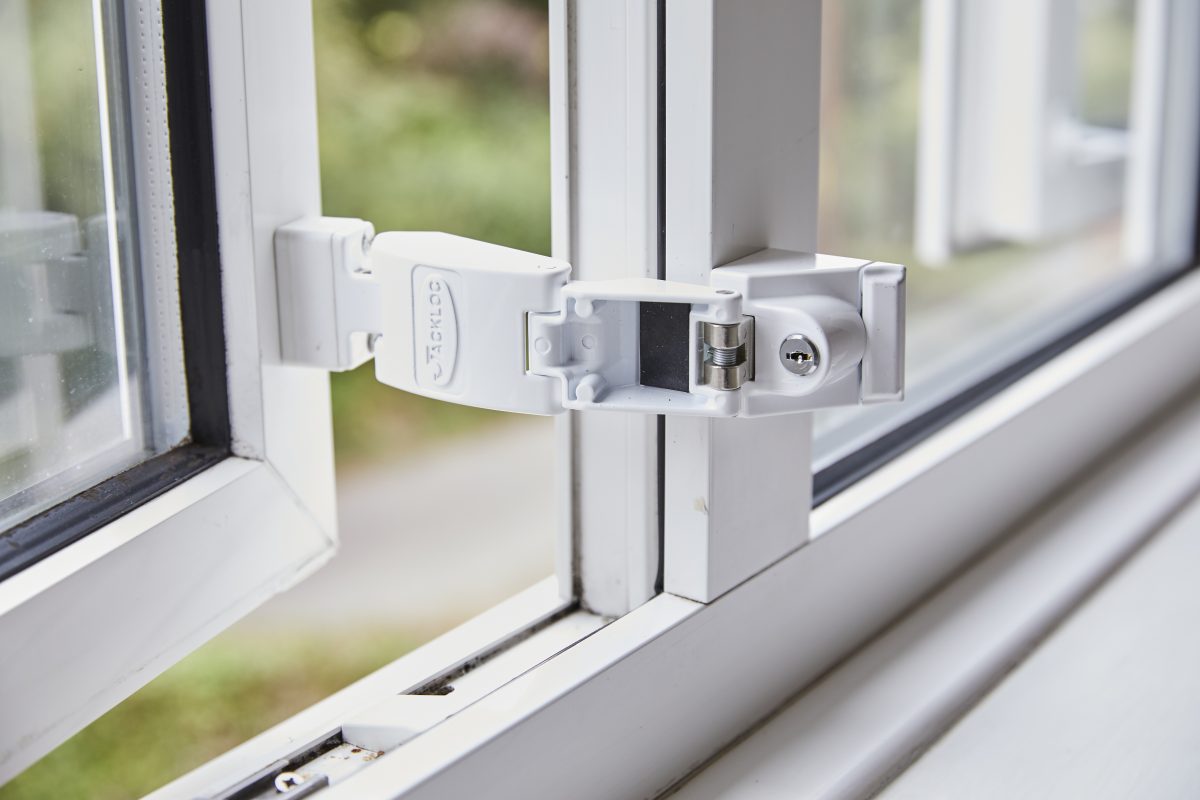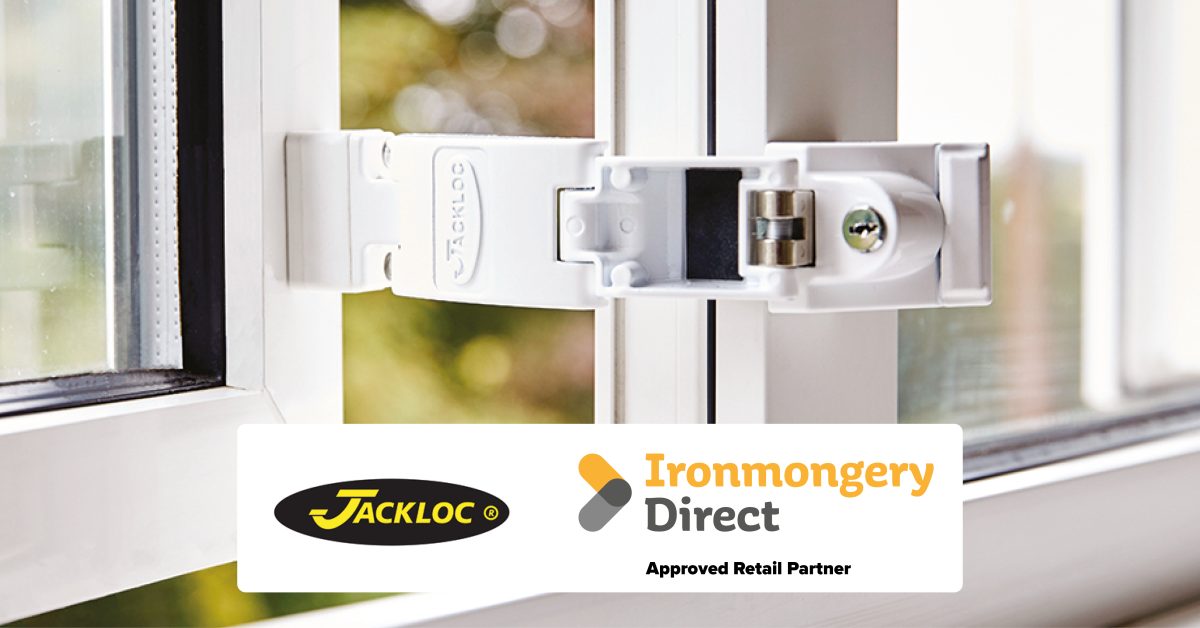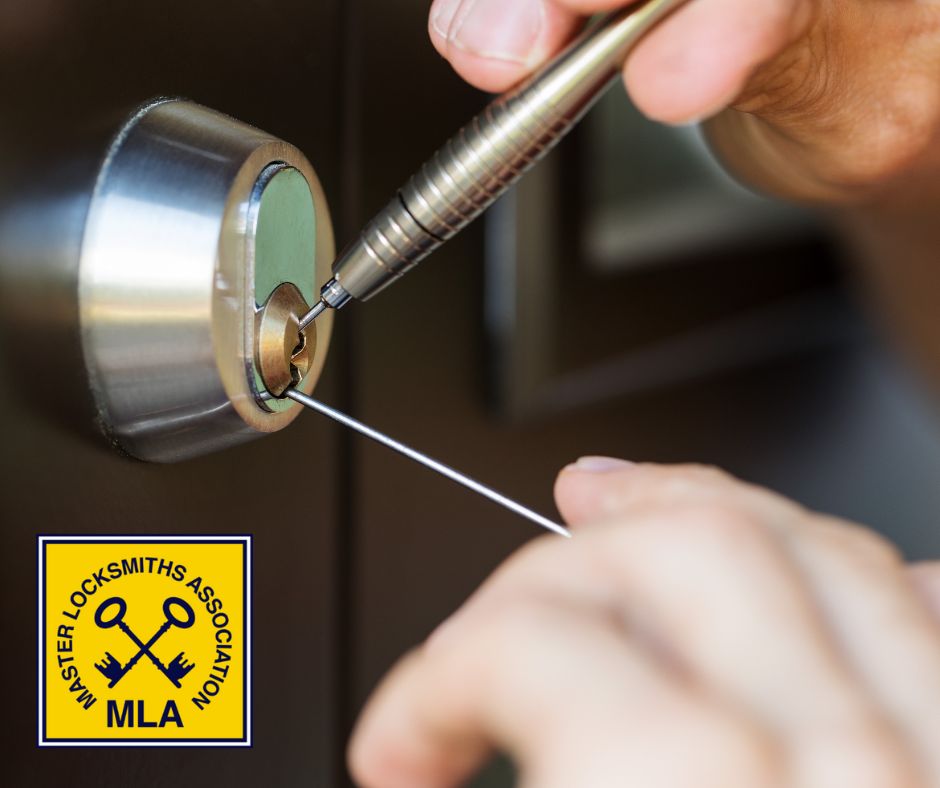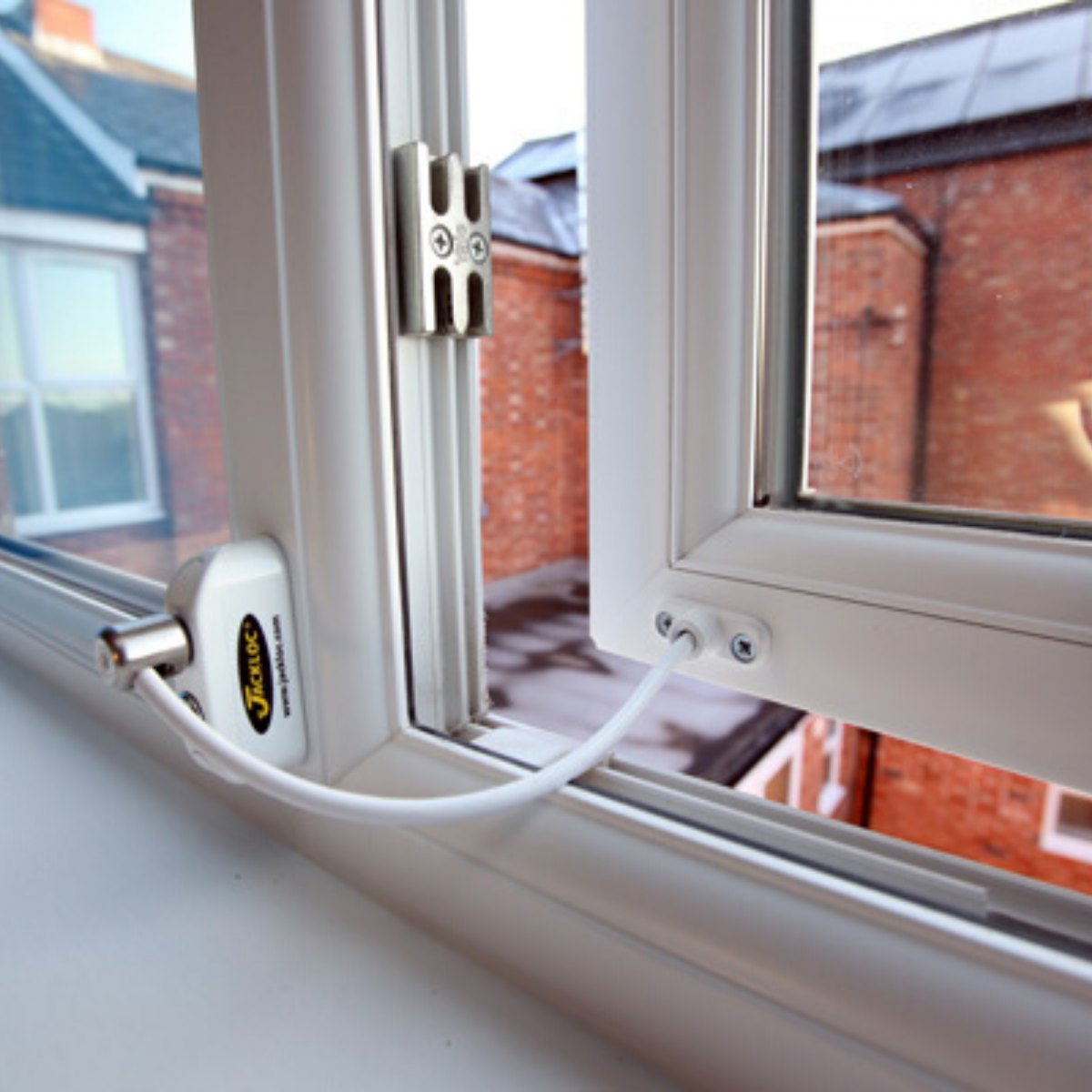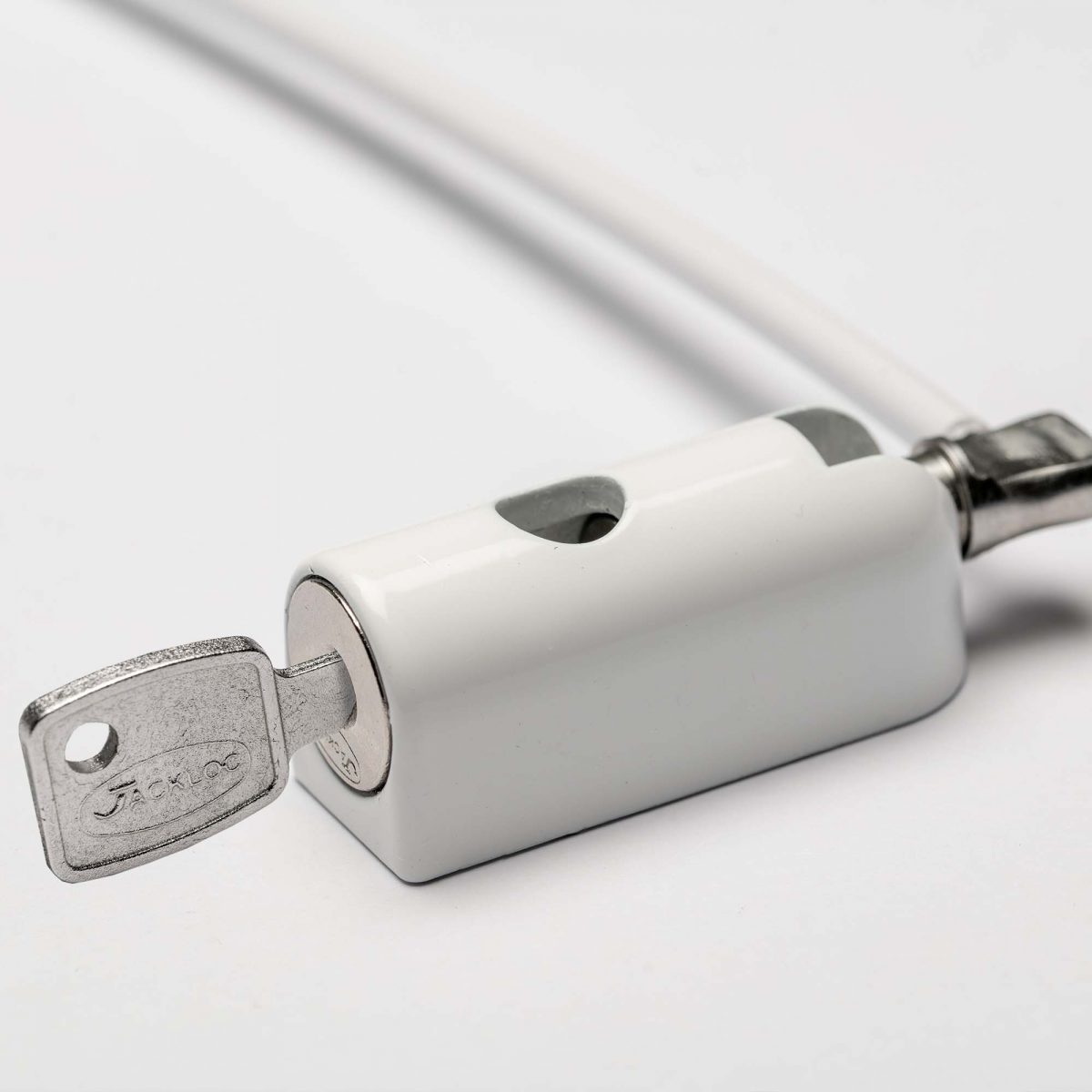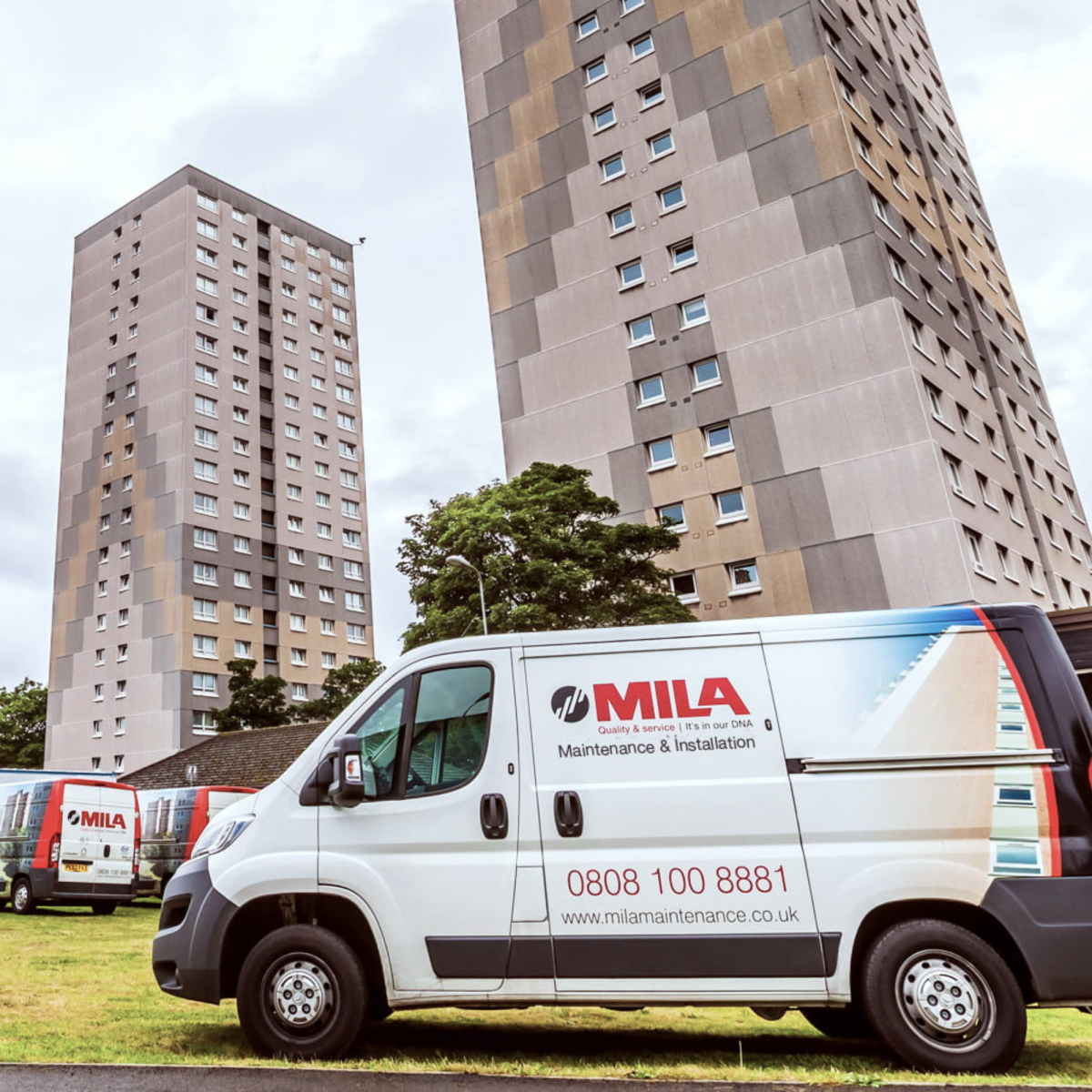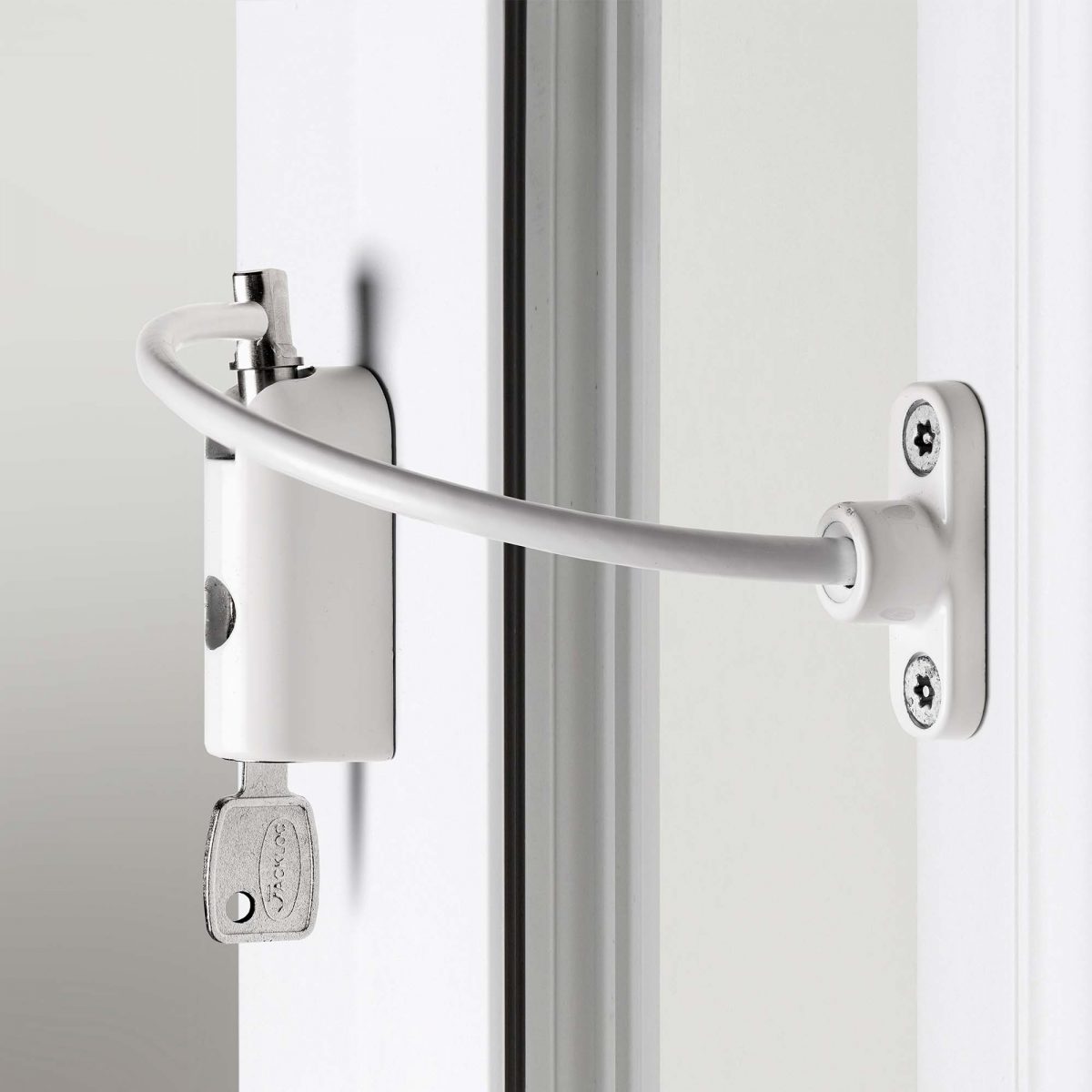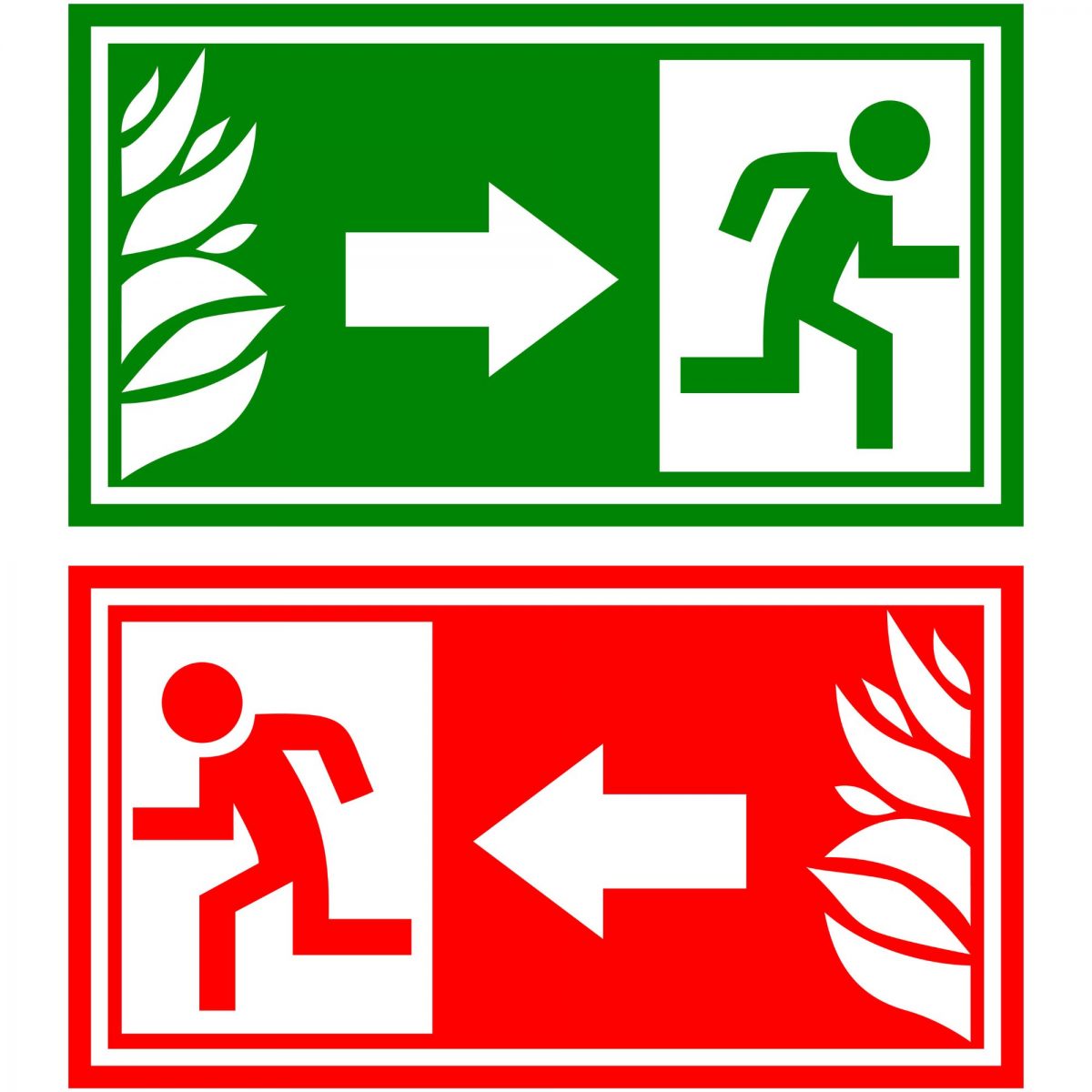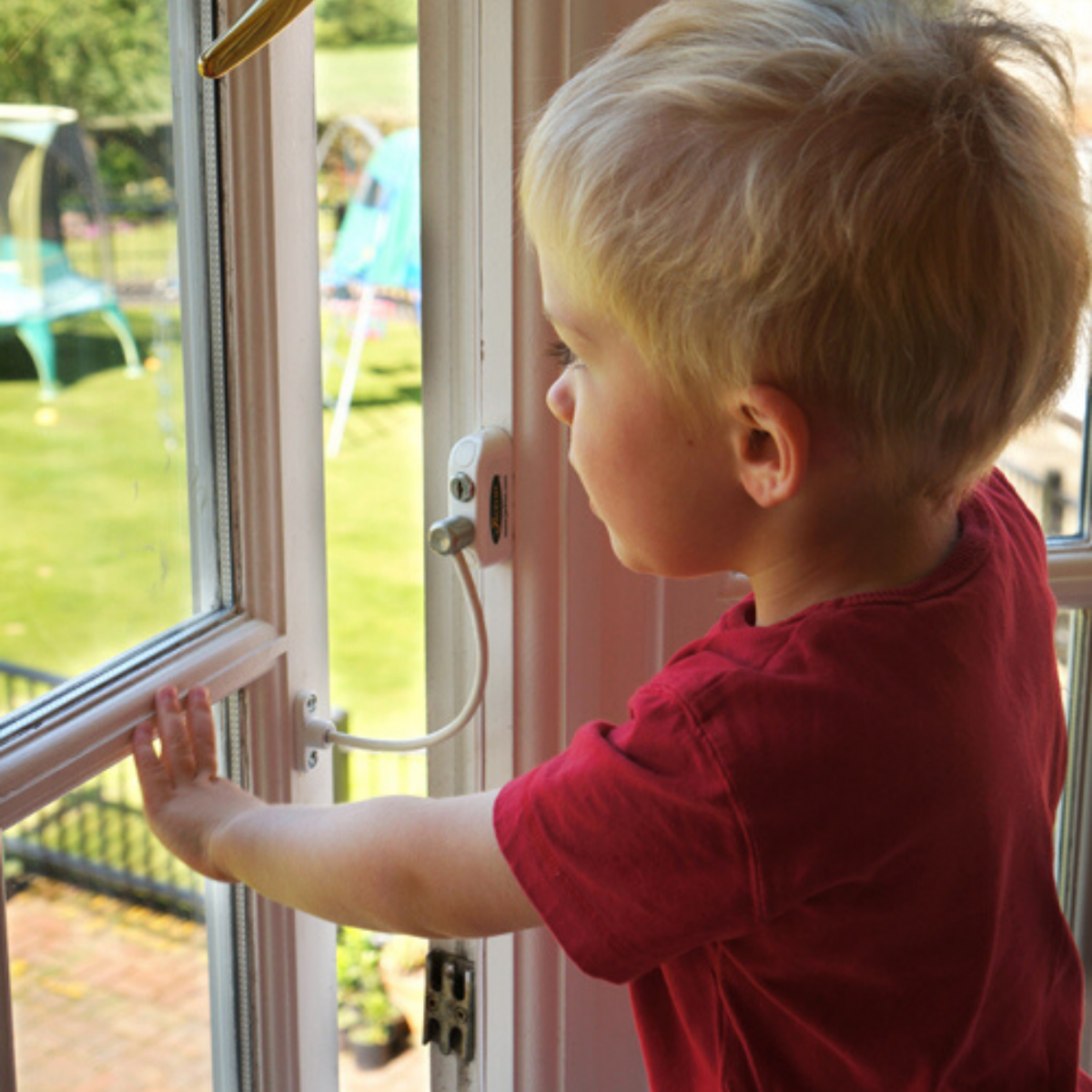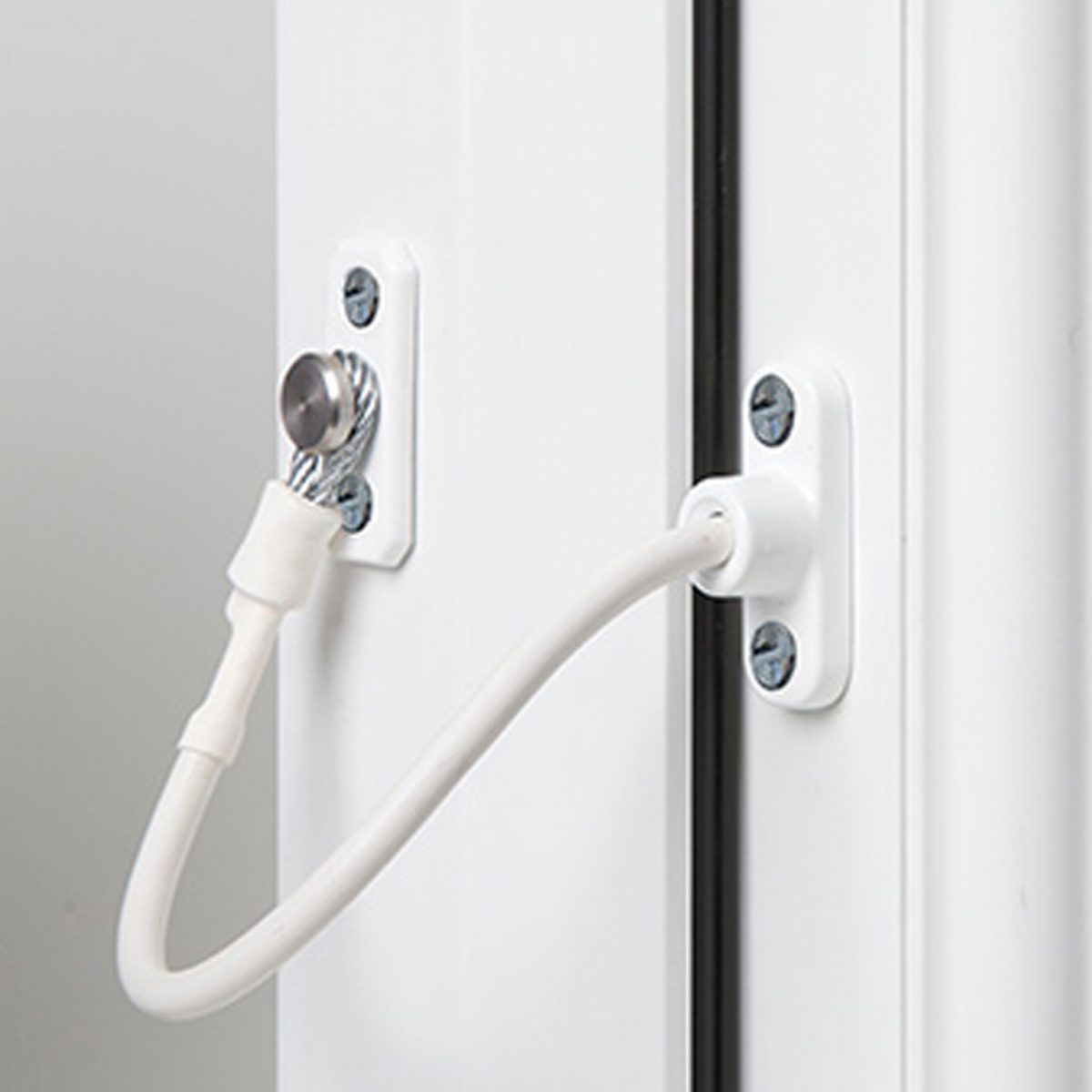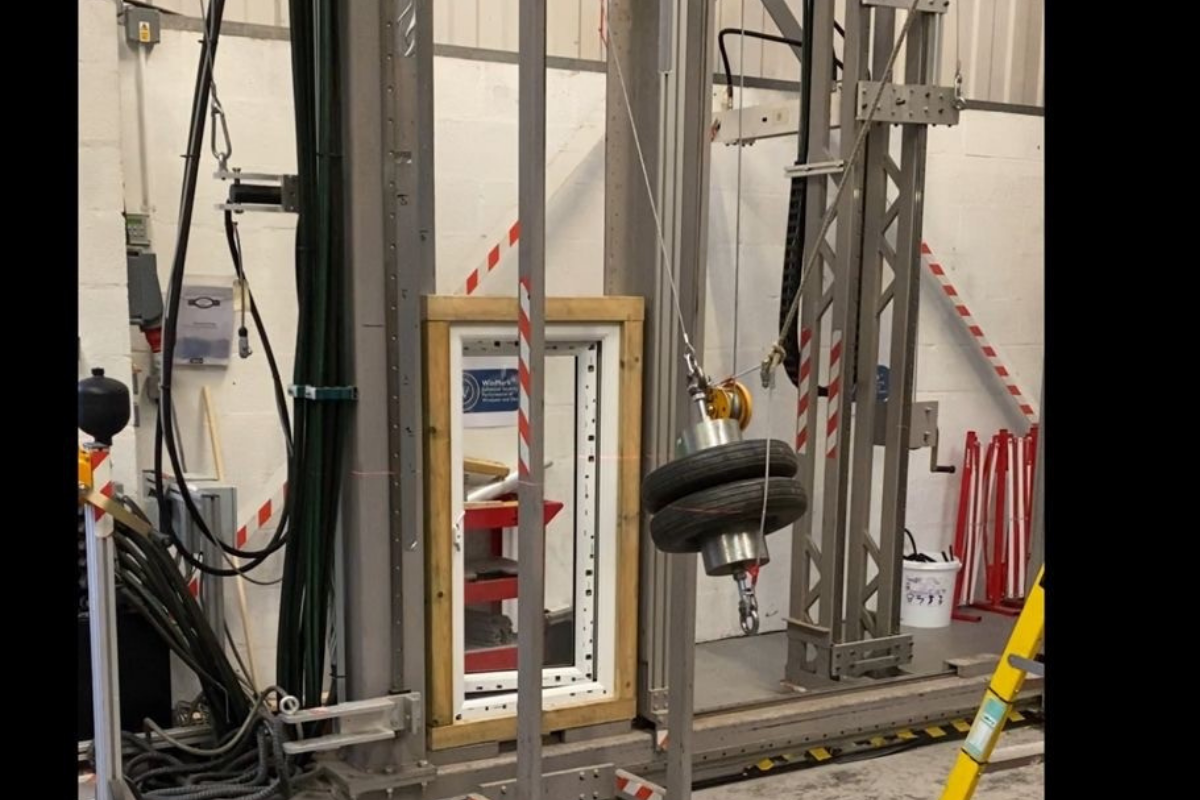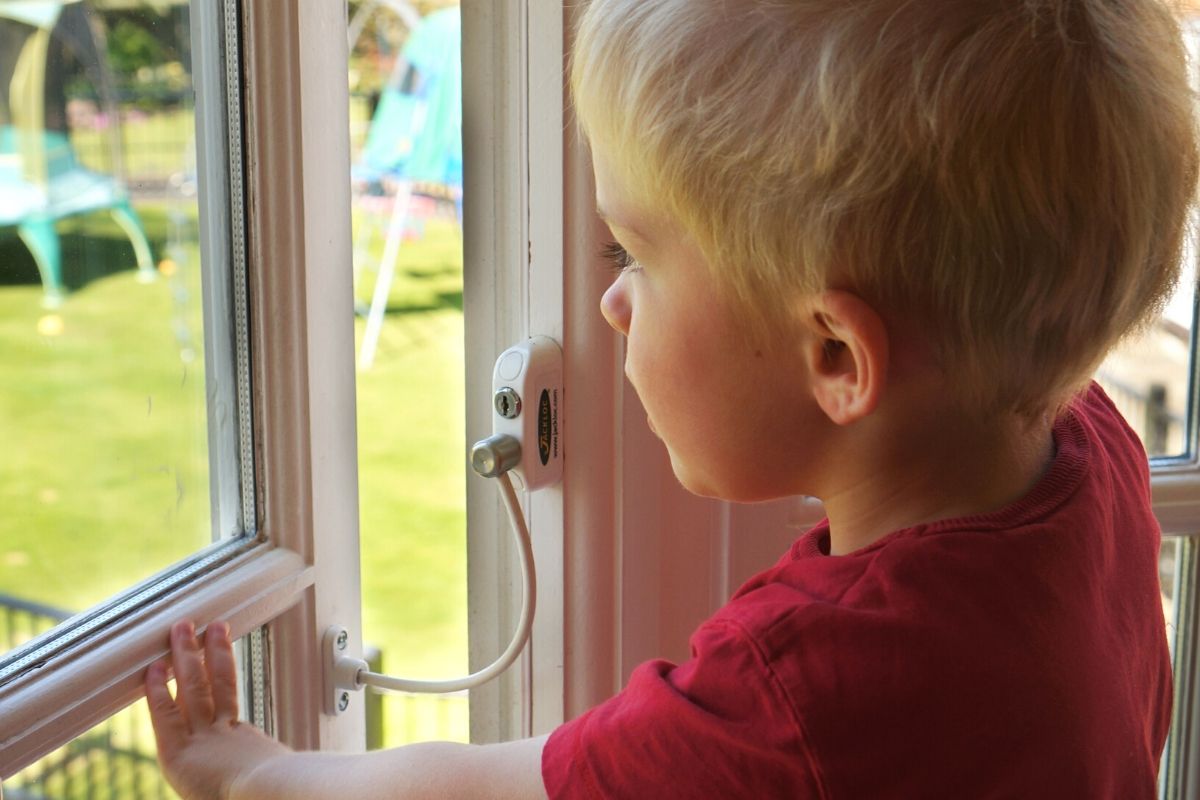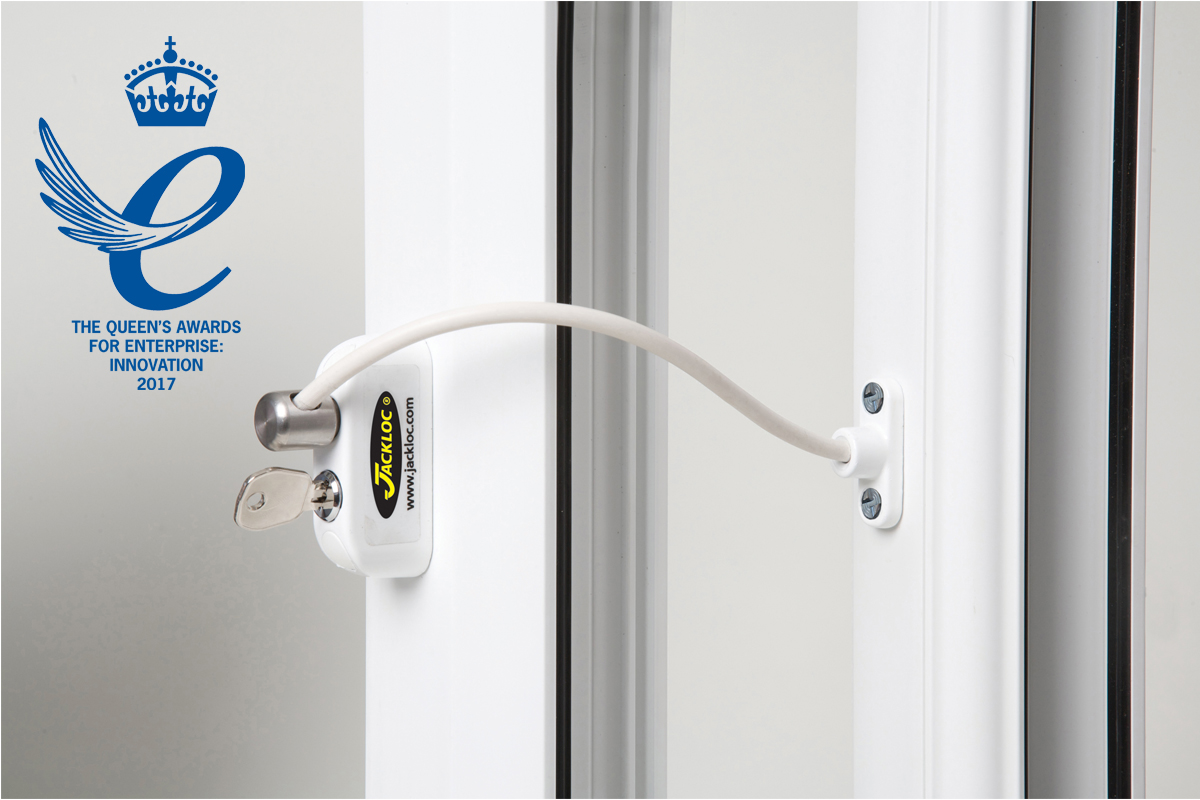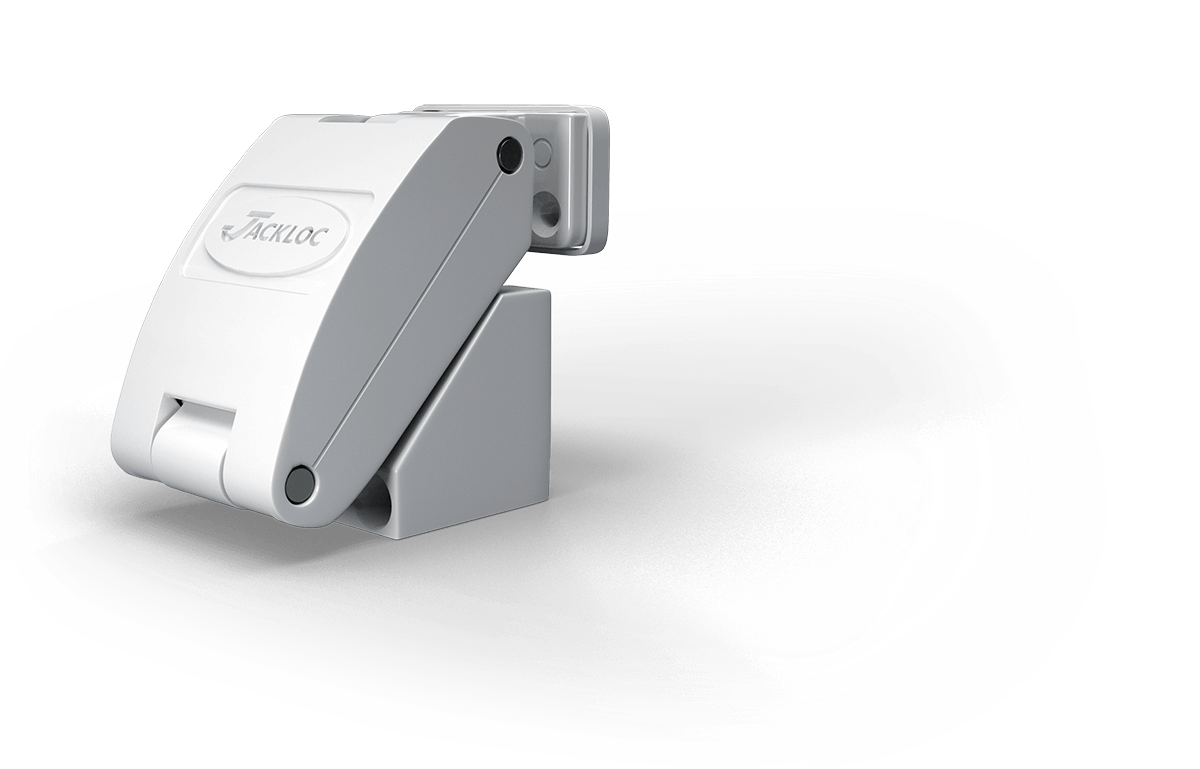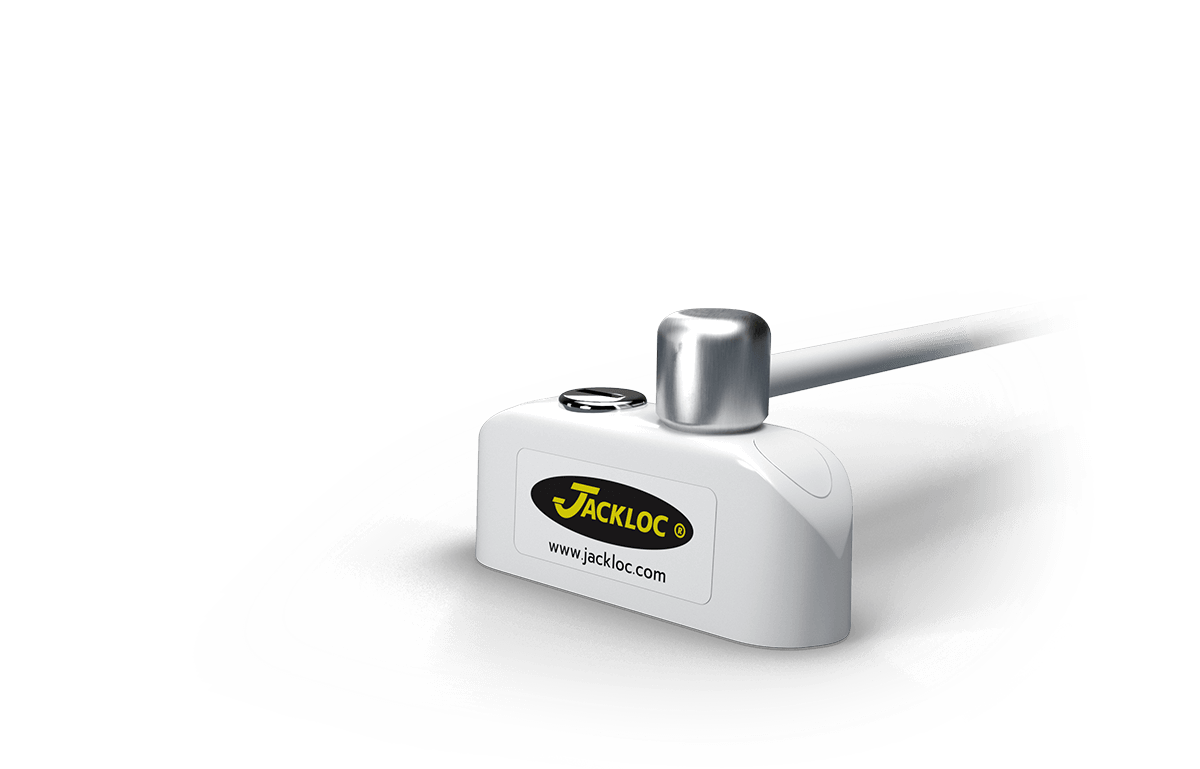Window restrictors in Care Homes help keep patients safe, but how does safety work with increased ventilation?
A guide to window restrictors for care homes
Window restrictors in care homes are becoming increasingly important. Following the Covid pandemic the Government issued guidelines to allow fresh ventilation where possible. Window restrictors, also known as ‘window cable locks’ can play an important role in care homes allowing fresh air to circulate when ensuring resident safety against falls.
Windows that open always present a risk of someone falling, either accidentally or through intention. Within care homes and healthcare settings patients and residents are sometimes confused and so the risk of falling from a window is higher. This means that steps to ensure window safety are even more paramount and window restrictors are playing an important role. They allow windows to be opened to a maximum 100mm for fresh air, while preventing anyone falling against the window from falling through it.
The WHO and Sage guidance on Covid safety is to use natural ventilation where possible, particularly over the winter, in order to remove pockets of contaminated and stagnant air that may spread COVID-19 amongst people within the room or building.
The current advice is to increase fresh air and ventilation by opening windows and doors, or increasing air conditioning flow rates. The WHO also states that windows should be opened where split-air conditioning units are in use. These type of air-conditioning units generally recirculate the same air within the room, rather than bringing in a dedicated source of outside air; this recirculation could spread the virus amongst rooms, even when social distancing is in place.
This isn’t new advice, but it’s never been so relevant as now. Ventilation to change the air in a room is widely known to help prevent infection from common colds and flu. Open widows however create other safety and security concerns for care homes. How can you keep staff, residents and visitors safe from falling from open windows even one floor above ground level?
The window safety risks in care homes and healthcare settings come from three areas. Firstly patients, visitors or staff may accidentally fall from open windows at a height above the ground, or from sitting on window sills where the window opens.
Secondly, a key area of window safety concern for healthcare and care home environments, is that falls can happen if patients are in a confused mental state. Confusion makes patients more likely try to use a window as a means of escape, without realising the dangers. It’s because off this reason that the Department of Health guidelines were changed in 2013, which I will cover when talking about guidelines.
And the third reason that patients may fall from a window, is through deliberate self-harm.
So what are the guidelines for window restrictors for care homes?
Originally, HSE guidance for window safety, stated that window openings should be restricted to 100mm by the use of a window restricting device. The window restrictor should only be able to be disengaged using a special tool or key and restrictors, and not by pressing a button to open the restrictor. The window opening restrictor should also comply with BS 13126:2001 by being able to withstand the force of 350 Newtons.
The HSE window safety guidance changed in 2013 following a fatal incident in November 2012. A patient sadly became confused and disorientated following surgery and fatally fell from a high-floor window. As the window did have a restrictor which did not prevent the fall, a Coroner’s Rule 43 letter was issued to the Chief Medical Office in England. The letter requested that further action be taken to reduce the risk of falls, through the use of stronger window restrictors.
The Department of Health swiftly instigated an Amendment to the guidelines, in the form of the Health Building Note 00-10 Part D: Windows and associated hardware. The new amendment stated that the force of 350 Newtons should be exceeded, either by using two window restrictors on each window, or using a single restrictor with a much higher strength. Jackloc window restrictors exceed these HSE requirements.
The amendment also stated that facilities managers should instigate planned preventative maintenance and monitoring schedules to regularly inspect the care home window restrictors for signs of damage, wear or defection. The guidelines state that where possible this should ideally be done in accordance with the window restrictor manufacturer.
In regular inspections, window restrictors should be checked for physical changes over time. Look for signs of wear and tear to the cable, screws and key lock and mark this down. Where possible retest the force of the restrictor to ensure that it exceeds 350 Newtons. This can be done with a Jackloc testing device.
All changes should be logged, photographed and time-stamped for the next review. Single window restrictors can be changed where required whilst others can be left if they are still performing well.
Although these guidelines have been in place for a while, there have sadly still been accidents where proper procedures have not been put in place. On 27 October this year, The Roman Catholic Diocese of Dunkeld was fined for not fitting window restrictors to all of the windows in the Wellburn Care Home. Sadly a 94-year-old resident fell to his death from a second-floor window.
What types of window restrictors are suitable for care homes?
Window restrictors come in a variety of forms, from concealed window restrictors to retro-fitted window restrictors with cables, or fully steel folding mechanisms. In a care home setting, a retro-fitted window restrictor is preferred because of the strength of the cable, body and screws.
In a healthcare or care home environment, a key operated window restrictor should be used and the key should be securely managed by the staff.
Windows can come in all shapes and sizes, so you may require restrictors with added spacers to suit the space, or a variety of screw sizes so look for these as standard when choosing a restrictor. Always look for manufacturer’s guarantee and testing credentials for total peace of mind for your patients, staff and visitors.
You should work with the manufacturer to undertake a risk assessment and site survey to get a clear view of what you require.
So finally to recap:-
- Window restrictors for care homes are required to be fitted to all windows that open.
- Window restrictors need to resist a force of in excess of 350 Newtons.
- Window restrictors need to be able to be opened using a key or special device (not fingers) and should be regularly monitored as part of a preventative maintenance plan.
If you are considering care home window restrictors contact our team who are offering free non-obligation virtual site surveys for Care Homes, where we can view your windows and provide a verbal and written risk assessment report. To book one, or for more information on Jackloc products, please contact us using the form below.
You can also see our Healthcare Setting window safety restrictors here


